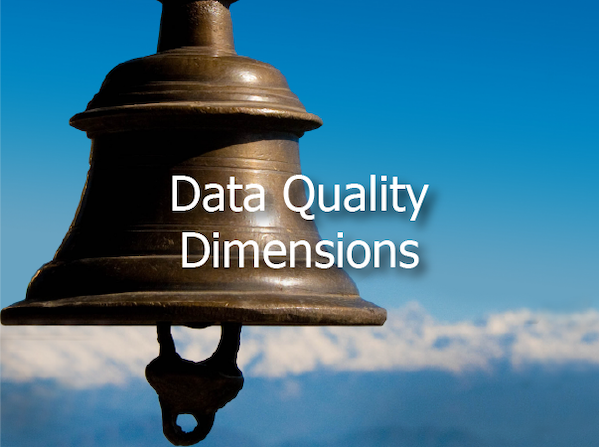
Data Quality dimensions allow users to measure the quality of the data they have on hand and determine whether it can be used for business or if any further improvements must be made.
Without using Data Quality (DQ) dimensions, it can be hard to gauge the value and usefulness of the data. These dimensions, or characteristics, need to be specific to your business’s needs and must be chosen based on that.
By streamlining your data collection and qualification process, the generated data can be used for various organizational purposes. Data Quality dimensions draw a direct parallel between how physical objects are measured. They provide a scale for measurement, making it easier to understand the data’s quality through comparison.
For example, if you’re measuring data completeness, you need five fields to be filled out to be considered “complete”; filling out three of them results in 60% data completeness.
According to DAMA International, there are six DQ dimensions organizations can choose from:
- Completeness
- Accuracy
- Uniqueness
- Consistency
- Timeliness
- Validity
Other Definitions of Data Quality Dimensions Include:
- “Provide a vocabulary for defining data quality requirements. From there, they can be used to define results of initial data quality assessment and ongoing measurement.” (DAMA International)
- “Measurement attributes of data, which you can individually assess, interpret, and improve. The aggregated scores of multiple dimensions represent data quality in your specific context and indicate the fitness of data for use.” (Collibra)
- “A useful measurement approach for comparing data quality levels across different systems (or tables/business functions) over time.” (Experian)
Use Cases Include:
- The Centers for Disease Control and Prevention use these dimensions to qualify data for their Early Hearing Detection and Intervention Information System (EHDI-IS) standards. First, they identify data that needs to be qualified depending on whether they are critical to business operations. Next, they use them to assess the data’s quality.
- Agencies like The Central Statistics Agency (BPS-Statistics) use DQ dimensions to provide quality statistical data. They use a Data Quality framework to assess the quality of their data before publishing it.
- Data Quality tools allow companies to include DQ dimensions as part of their Data Strategy to set a foundational monitoring and management framework.
Benefits Include:
- Help in making decisions based on accurate and business-critical data
- Improve user/ buyer targeting – sourced from high-quality data in the current customer base
- Use data-driven analytics to focus on marketing channels that work for your business
- Increase confidence in business analytics and improve productivity
- Improve customer interactions using personalized approaches
- Reduce costs as more work can be completed in less time
- Better competitive advantage over time, by giving a clear overview of industry, dynamics, and positioning
Image used under license from Shutterstock.com